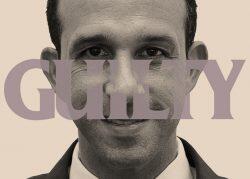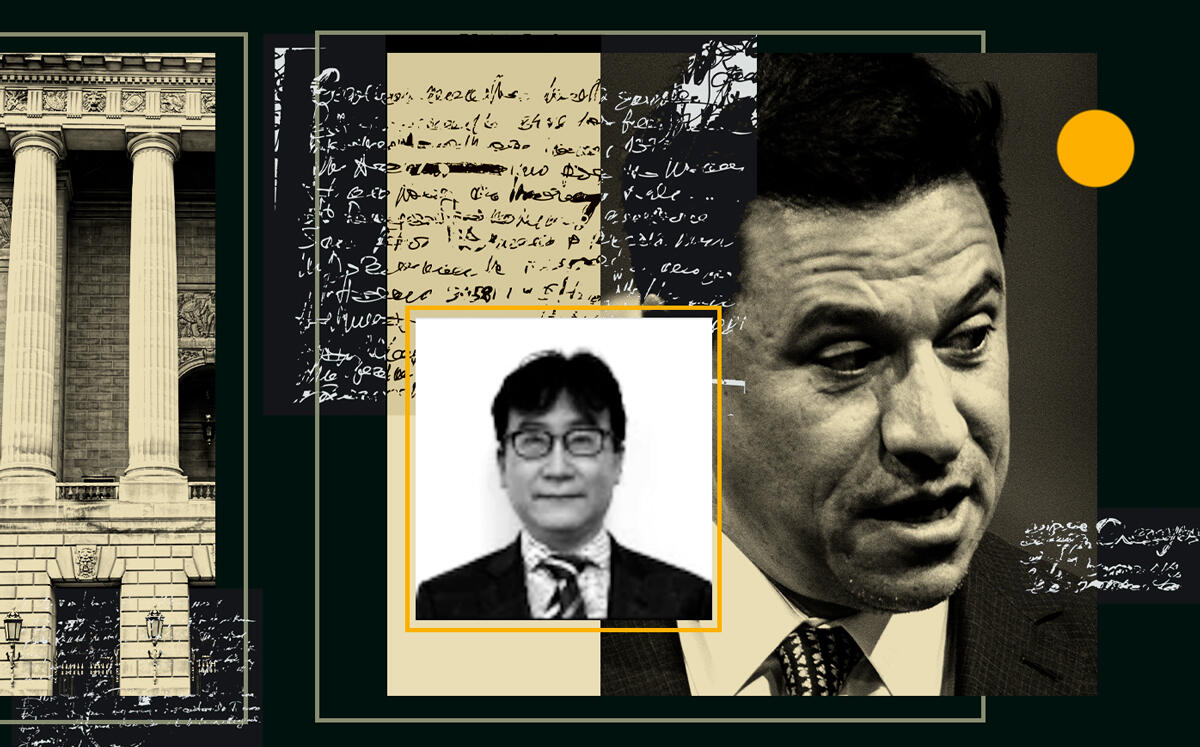A real estate developer linked to an alleged pay-to-play corruption ploy by former Los Angeles Councilman José Huizar is on trial for allegedly passing him $500,000 to stifle a labor challenge.
Dae Yong Lee, also known as David Lee, faced his first day in court on charges of bribery, honest services fraud and obstruction of justice through falsifying evidence, Courthouse News Service reported. He faces up to 20 years in prison for the fraud and obstruction charges.
Lee is accused of funneling the cash to Huizar, whose district included downtown LA, in exchange for clearing a labor union coalition’s challenge to Lee’s proposed mixed-use development.
It’s the first of three trials that make up the sprawling bribery and racketeering case against Huizar.
Lee is being tried separately from Huizar to avoid the risk of a jury convicting him based on the wrongdoing of other defendants. Another developer accused of bribing Huizar, China-based Shenzhen New World I, will also be tried separately in October. Huizar’s trial is set for February..
Huizar served on the City Council from 2005 to 2020 during an unprecedented building boom downtown. He also chaired an influential Planning and Land Use Management Committee until November 2018, when the FBI raided his offices and home.
Prosecutors accuse Huizar and his cohorts of seeking a $1.2 million bribe from Lee in 2017 to resolve an appeal by the Coalition of Responsible Equitable Economic Development, or Creed LA, a coalition of labor unions.
Creed LA challenged a city agency’s approval of Lee’s project, which aimed to raze a one-story commercial building and construct a 20-story tower of more than 200 apartments and 14,000 square feet of shops and restaurants.
Such challenges often try to force developers into hiring union labor, Assistant U.S. Attorney Cassie Palmer told jurors in her opening statement. To save years of litigation, developers often fork out millions in a negotiated labor agreement.
Another solution was to enlist the help of José Huizar, Palmer said, because he was close to the unions and his vote carried weight because the project was in his council district.
“His vote mattered,” Palmer said. “They needed José Huizar on their side.”
Lee and Huizar didn’t negotiate face-to-face, but used two intermediaries: Huizar’s special assistant George Esparza and Justin Kim, a political consultant and fundraiser who worked with Korean-American business owners. Esparza and Kim have each pleaded guilty to their role in the bribery scheme.
After Huizar sought a $1.2-million bribe, Lee countered with a $500,000 cash offer, which Huizar accepted, according to Palmer. After the first $200,000 payment was made, the Creed LA appeal was dropped.
Kim passed the cash to Esparza, according to prosecutors, who took photographs of it with notes on napkins and stored some of it in a liquor box for Huizar.
FBI Special Agent Andrew Civetti testified that investigators weren’t aware of Lee and his Hill Street development until they started executing search warrants, in which Esparza agreed to cooperate.
On one of his phones, he said they found photos he took of the cash that Kim had passed on to him from Lee.
Ariel Neuman, Lee’s attorney, told jurors in his opening statement that Lee never intended the $500,000 as a bribe, but thought it was a consulting fee for Kim to help resolve the Creed LA appeal. He said the only evidence that Lee thought to bribe Huizar comes from Kim, a convicted liar.
“There’s no evidence to corroborate what Justin Kim is going to tell you,” Neuman said. “The only evidence are the words of a convicted felon.”
[Courthouse News Service] – Dana Bartholomew
Read more


